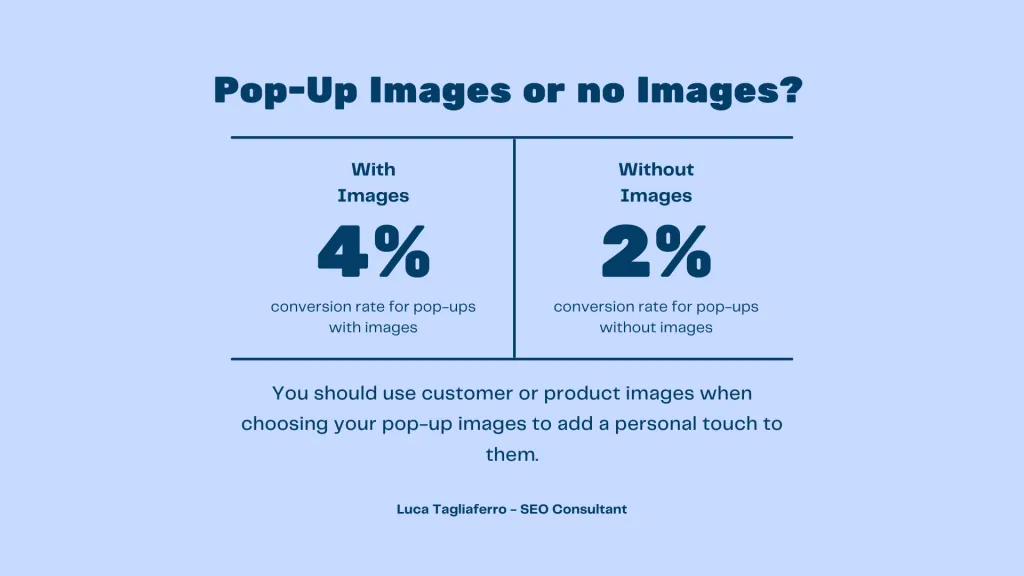
Pop-under ads, which appear behind the main browser window and become visible when the user closes or minimizes the primary window, offer a unique approach to online advertising. They can drive significant traffic and increase conversion rates when used effectively. Here’s an in-depth look at how pop-under ads impact conversion rates and strategies to maximize their effectiveness.

Impact of Pop-Under Ads
Understanding Pop-Under Ads
Pop-under ads are designed to capture user attention without interrupting their current activity. Unlike pop-up ads, which immediately disrupt the user’s browsing experience, pop-unders remain hidden until the primary window is closed or minimized. This less intrusive approach can result in higher engagement and conversion rates if managed correctly.
Key Factors Influencing Conversion Rates
1. Ad Visibility
Visibility plays a crucial role in the effectiveness of pop-under ads. Since these ads are not immediately seen, their design and timing are essential in capturing user attention when the primary window is closed.
A well-designed pop-under ad with a compelling headline and clear call to action (CTA) can effectively drive users to take the desired action. Ensuring that the ad’s content is relevant and engaging enhances the chances of conversion once the ad becomes visible.
2. Ad Relevance and Personalization
Relevance is a significant factor influencing conversion rates. Pop-under ads that are personalized based on user behavior, interests, and demographics are more likely to resonate with users.
For example, targeting users with ads related to their recent browsing history or previous interactions with your brand can increase the likelihood of conversion. Personalized ads are more engaging and can lead to higher conversion rates compared to generic ads.
Strategies to Enhance Conversion Rates
1. Optimize Ad Design
The design of your pop-under ad significantly impacts its effectiveness. Use high-quality visuals, compelling headlines, and persuasive messaging to capture user interest.
Additionally, ensure that the ad’s CTA is clear and actionable. A well-designed ad that aligns with user interests and offers a clear benefit can drive higher conversion rates.
2. Implement Smart Timing
Timing is crucial for maximizing the impact of pop-under ads. Use smart triggers to display ads at moments when users are likely to be receptive. For example, triggering a pop-under ad when a user is about to leave the page or after they have completed a task can be effective.
Moreover, avoid displaying pop-unders too frequently. Proper timing and frequency capping help prevent ad fatigue and maintain user engagement.
3. Enhance User Experience
User experience plays a significant role in conversion rates. Ensure that your pop-under ads are designed to provide a positive experience. This includes optimizing ads for mobile devices, making navigation easy, and minimizing disruption.
Providing users with an option to close or minimize the ad if they are not interested also contributes to a better experience. A user-friendly ad that respects user preferences can lead to higher conversion rates.
Measuring the Impact of Pop-Under Ads
1. Track Key Metrics
To evaluate the effectiveness of your pop-under ads, track key performance metrics such as click-through rates (CTR), conversion rates, and return on investment (ROI). These metrics provide insights into how well your ads are performing and their impact on conversion rates.
Additionally, analyze user behavior to understand how pop-under ads influence interactions with your website or landing page. Data-driven insights help refine ad strategies and improve overall performance.
2. Conduct A/B Testing
A/B testing involves comparing different versions of your pop-under ads to determine which performs best. Test variations in design elements, messaging, and timing to identify the most effective combinations for driving conversions.
Use A/B testing results to make informed adjustments and optimize ad performance. Continuous testing and refinement enhance the effectiveness of your pop-under ads and increase conversion rates.
Best Practices for Maximizing Conversion Rates
1. Ensure Ad Relevance
Maintain high relevance in your pop-under ads by targeting users based on their interests and behavior. Personalized and relevant ads are more likely to engage users and drive conversions.
2. Optimize Landing Pages
Ensure that the landing pages linked to your pop-under ads are optimized for conversion. The landing page should align with the ad’s messaging and provide a seamless user experience.
Additionally, include clear CTAs on the landing page to guide users toward the desired action. An effective landing page enhances the overall conversion process.
3. Respect User Preferences
Respect user preferences by offering options to opt-out of receiving pop-under ads. Providing users with control over their ad experience contributes to a positive user relationship and can improve conversion rates.
Conclusion
Pop-under ads can significantly impact conversion rates when used effectively. By optimizing ad design, implementing smart timing, enhancing user experience, and measuring performance, you can maximize the effectiveness of pop-under ads. Personalized, relevant ads and well-optimized landing pages further contribute to higher conversion rates. Balancing visibility with user satisfaction ensures that pop-under ads drive meaningful engagement and achieve your marketing goals.
